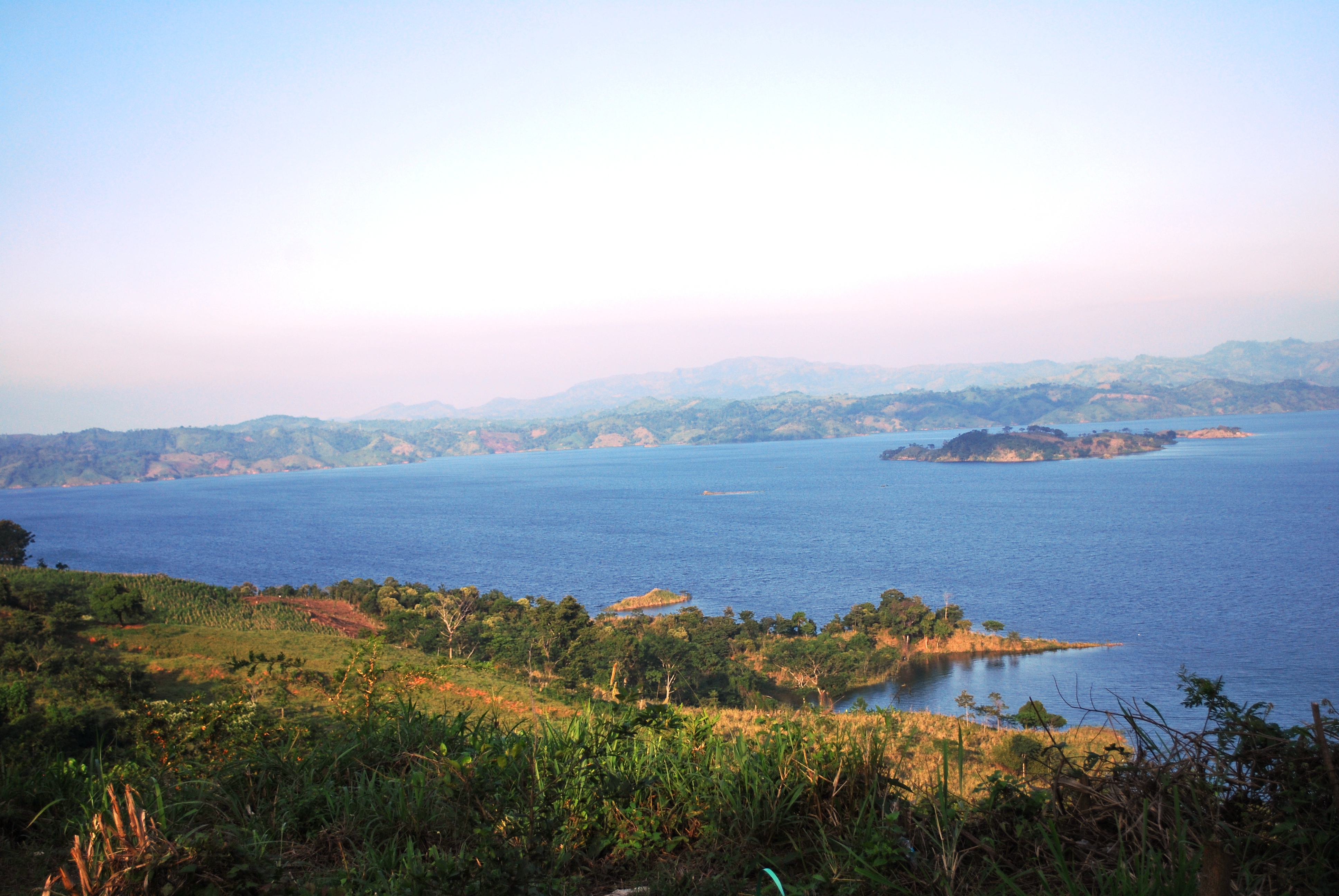Quechula on:
[Wikipedia]
[Google]
[Amazon]
 Quechula was the name of a former village located in
Quechula was the name of a former village located in
Chiapas
Chiapas, officially the Free and Sovereign State of Chiapas, is one of the states that make up the Political divisions of Mexico, 32 federal entities of Mexico. It comprises Municipalities of Chiapas, 124 municipalities and its capital and large ...
, Mexico
Mexico, officially the United Mexican States, is a country in North America. It is the northernmost country in Latin America, and borders the United States to the north, and Guatemala and Belize to the southeast; while having maritime boundar ...
that was ultimately abandoned and submerged under the Nezahualcóyotl Reservoir created by the Malpaso Dam
The Malpaso Dam, officially known as the Nezahualcóyotl Dam, is located in the Centro region of Chiapas, Mexico near the border with Tabasco and Veracruz. It was the first of several major dams built on the Grijalva River to generate hydroelectri ...
constructed in 1966.
The town was founded in the mid-1500s by Bartolomé de las Casas
Bartolomé de las Casas, Dominican Order, OP ( ; ); 11 November 1484 – 18 July 1566) was a Spanish clergyman, writer, and activist best known for his work as an historian and social reformer. He arrived in Hispaniola as a layman, then became ...
. The city was of strategic importance because it laid on the El Camino Real, a road that connected many important settlements in central Mexico, including Mérida and Campeche City
San Francisco de Campeche (; , ), 19th c., also known simply as Campeche, is a city in Campeche Municipality in the List of states of Mexico, Mexican state of Campeche, on the shore of the Bay of Campeche in the Gulf of Mexico. Both the seat of t ...
. A large, grandiose church was constructed in the town due to the belief that the city would one day boast a large population. However, this never came to pass, and according to Carlos Navarrete, an architect who assisted with a report on the structure, it is unlikely the church ever had an official priest and it was probably served only by priests from other local dioceses. After a plague affected the town in the late 18th century, Quechula and the church were all but abandoned until the surrounding area was finally submerged under the new reservoir in 1966.
In 2002, 2015, and 2023, reservoir water levels receded due to prolonged drought, to the point that the ruins of the old church became visible once again. The water levels were so low in 2002 and 2023 that it was possible to walk around the area.
References
Histories of cities in Mexico Destroyed populated places Submerged places {{chiapas-geo-stub